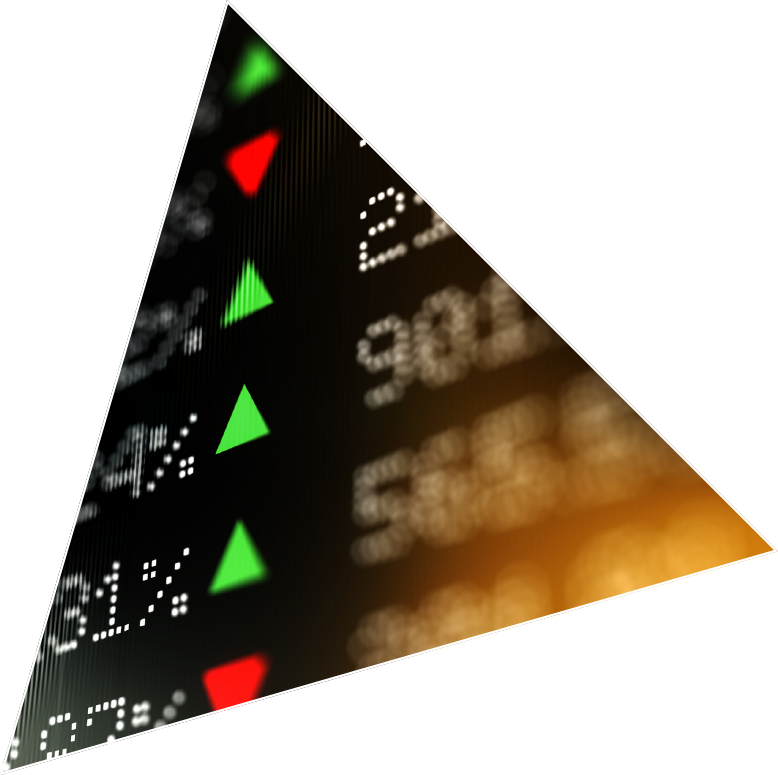The market moves over the last week or so have been quite severe, to state the obvious. My thoughts on what caused the moves are a little more circumspect than what the standard narrative would suggest. At the most basic level, I think all the moves can be traced back to the most crowded trade in macro – the short Yen carry trade. The unwind of this trade then triggered a selloff in the most crowded and leveraged dollar markets. Yen carry trades are not uncommon or new, but how this one played out has a dynamic and transmission mechanism that has not been seen before, so it’s worth exploring in a bit more detail what happened during the recent risk asset selloff.
BoJ Intervention
The Bank of Japan has been regularly intervening in the Yen market to attempt to halt the Yen slide. As BOJ rates held so low versus the rest of the world post the Covid inflationary hiking cycle, this has led to interest rate differentials stacked against the Yen. It was simply too tempting for the global macro community to borrow in a depreciating currency at interest rates 100s of basis points lower than their domestic funding costs, and to use these funds to buy appreciating dollar assets. The Bank of Japan has had decades of experience in managing a depreciating Yen, but its recent attempts to flush out speculators with Yen intervention were clearly not working and had less effect every time they attempted them. In short, the BoJ was losing credibility quickly and this was a recipe for a currency crisis that threatened the entire dollar system.
So the Bank of Japan took on a hawkish tone in early July. At the same time, (perhaps with suspicions of central bank coordination), China also made a surprise cut and other central banks also started their cutting cycle with varying degrees of surprise. The Fed joined in and signalled the path of its first cuts for early September. Given the abrupt change in global interest rate differentials, the expected direction of travel of the Yen versus the rest of the world swung into reverse and the Yen began to rally. Job done.
But the BoJ wasn’t finished: the BoJ did a hawkish hike towards the end of July despite clearly deteriorating economic data, and then Yen position unwind accelerated dramatically. Once the momentum had taken off, there was no stopping the unwind, as carry traders rushed to close their shorts in an epic squeeze. But the Yen carry trade is at its heart a funding trade, i.e. you borrow in Yen to buy (typically) dollar assets, and so a depreciating Yen is, in effect, a liquidity injection for dollar-based markets, of which the US Tech sector had been the primary recipient, simply by virtue of the fact that crowding in Tech was so extreme.
So a short squeeze in the Yen directly caused a selloff in Nasdaq – a classic Yen carry unwind, perhaps this time deliberately set off by coordinated central bank policy, a controlled demolition if you like. However, there was a more subtle transmission mechanism, and one we had not seen before, that also contributed to the equity market drawdowns, and this was via the equity volatility markets.
The 0DTE Market
The vast majority of market participants active in the zero-day options (0DTE) market are selling unhedged daily options in the hope that the option will expire worthless by the end of the day. For an unhedged option exposure, an investors’ biggest risk is delta [the sensitivity of the option to the underlying share or index price], and when the option is very short-dated, gamma (rate of change of delta) is a close second. As we saw with Volmageddon, volatility pricing can sometimes be independent of what is going on with wider equity markets. However, gamma risk is always dependent on the underlying share/index price, as the equity price will determine whether the option expires worthless or in the money. Hence, gamma risk is always path-dependent on the underlying share/index price. This path dependency implies that the investors’ gamma risk will change throughout the day as the underlying index price moves. As will the (opposite) gamma risk of those market participants on the other side of the trade – usually taken by brokers/banks. As such, participants in the 0DTE market are always selling gamma, not volatility, and this point is crucial to understanding a secondary transmission mechanism of the Yen carry trade unwind into the dollar-based markets.
If you are selling intraday gamma, any gap events during trading hours could prove cataclysmic for market players. Fortunately for the 0DTE market, which has grown monstrously large over the last few years, most of the equity drawdowns of the last few weeks happened outside of US trading hours, meaning US cash markets opened gap down. Therefore, any gamma squeeze in the 0DTE market that would have ensued if there was a gap event within US trading hours did not occur. (Read my piece on ‘Gammageddon’ for more details on this).
However, what did happen was that many broker-dealers refused to make a market when the US 0DTE market opened: and this was the new ingredient, an exotic spice added to a classic yen carry trade dish.
If an investor’s entire portfolio risk is in the 0DTE market, then there is no problem – no trading for the day. On the other hand, any participants using the 0DTE option market in combination with other markets were forced to move into the 1m cash option market to replace the hedge/trade leg they couldn’t place in the 0DTE market. This rush for liquidity in 1m cash options no doubt coincided with the same broker-dealers pulling back from the cash option market as well (risk in the 0DTE market is often laid off in the 1m market), so this caused bid offers in 1m options to blow out intraday to such an extent that the spot VIX (which is priced off the 1m cash option market) went to a high of 65. As the option traders in 0DTE are selling gamma and not volatility, there was no commensurate rush to buy volatility in the VIX futures market, so we saw only a muted spike in VIX futures pricing (it peaked at 37), and hence the biggest dislocation in history between the spot VIX and VIX futures was born.
But the technical explosion in the spot VIX set off other technical dominoes. The VIX market spot is widely used in trend/momentum and CTA strategies just as much as it is used as a fear index barometer for fundamental investors. The erroneous spike to 65 would have triggered numerous stop loss/liquidation trades that exacerbated the selloff, especially in Tech, as you typically sell what you own (or leveraged up to the hilt in), and everyone owns Tech. Given the epic bull run in Tech this last year, systematic trend strategies were all max long: the severity of the drawdown would have breached all moving average floors, and when combined with the technically driven and erroneously high VIX spike, CTA sell signals were aggressively activated even for slower moving strategies.
The 0DTE, Vix and Nasdaq markets all demonstrated negative feedback linked to the Yen carry trade and effectively acted together in a recursive doom loop that was technically driven rather than fundamental.
The tail wagging the dog?
Outside of these technically driven carry unwinds, only one market had outsized moves that appeared to be driven by fundamentals – the interest rate futures market. The market ‘fundamental’ narrative being pushed by many market commentators was that, due to a weak Non-Farms Payroll print, the US was tipping into recession, and the equity market was responding to this new information. Personally, I believe this is a classic case of the tail wagging the dog, where market commentators try to explain market moves with a suitably fitting narrative. The ‘tell’ that this was a retrofitted narrative, was that the narrative changed coincidently, if not after the equity market drawdown was well underway, and similarly, the rate of change of the narrative moved just as fast as the equity market; in a blink of an eye, we went from the economy and jobs are fine to we need several cuts to stop the recession that is underway. Help us Oh Fed!
But there was a clear response from the interest rate futures markets as it aggressively priced in cuts as equity markets tumbled. The move in interest rate futures was in mind partly a reflexive move from macro traders reacting to the sudden and extreme narrative change but also partly algorithmically driven – several systematic strategies will reflexively buy interest rate futures as a momentum hedge to capitalise on the Fed (rate cut) put which historically has never failed to come into play with severe S&P drawdowns. Either way, while being quite extreme, the interest rate market repricing was reflexive in nature and not part of the technical doom loop that transpired in VIX/Yen/Tech.
While it won’t feel comforting to those investors nursing battered portfolios, I suspect that the global financial system dodged more than a bullet, but rather the detonation of Buffet’s fabled weapon of mass financial destruction. If the gap down events had occurred during US trading hours, then the toxic feedback loop from the 0DTE market into US stock market would have been by many orders of magnitude worse than what transpired. But it didn’t happen, the BoJ has bought some more time, the Yen carry traders will take a well earned break, and we will all keep calm and carry on.







